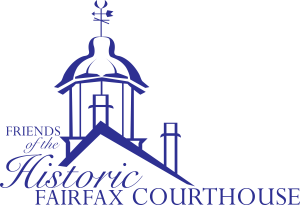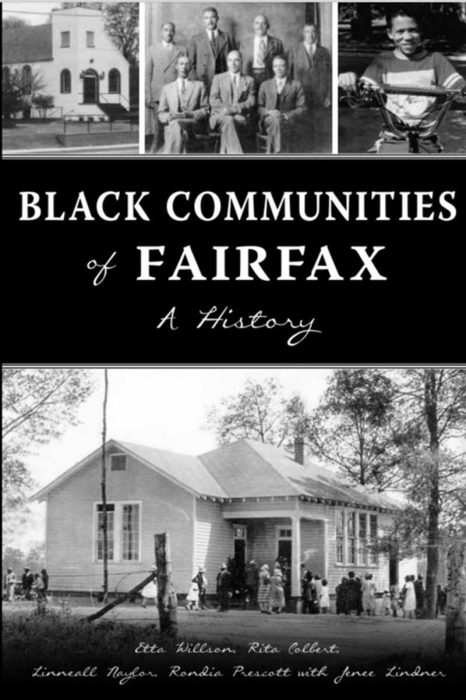
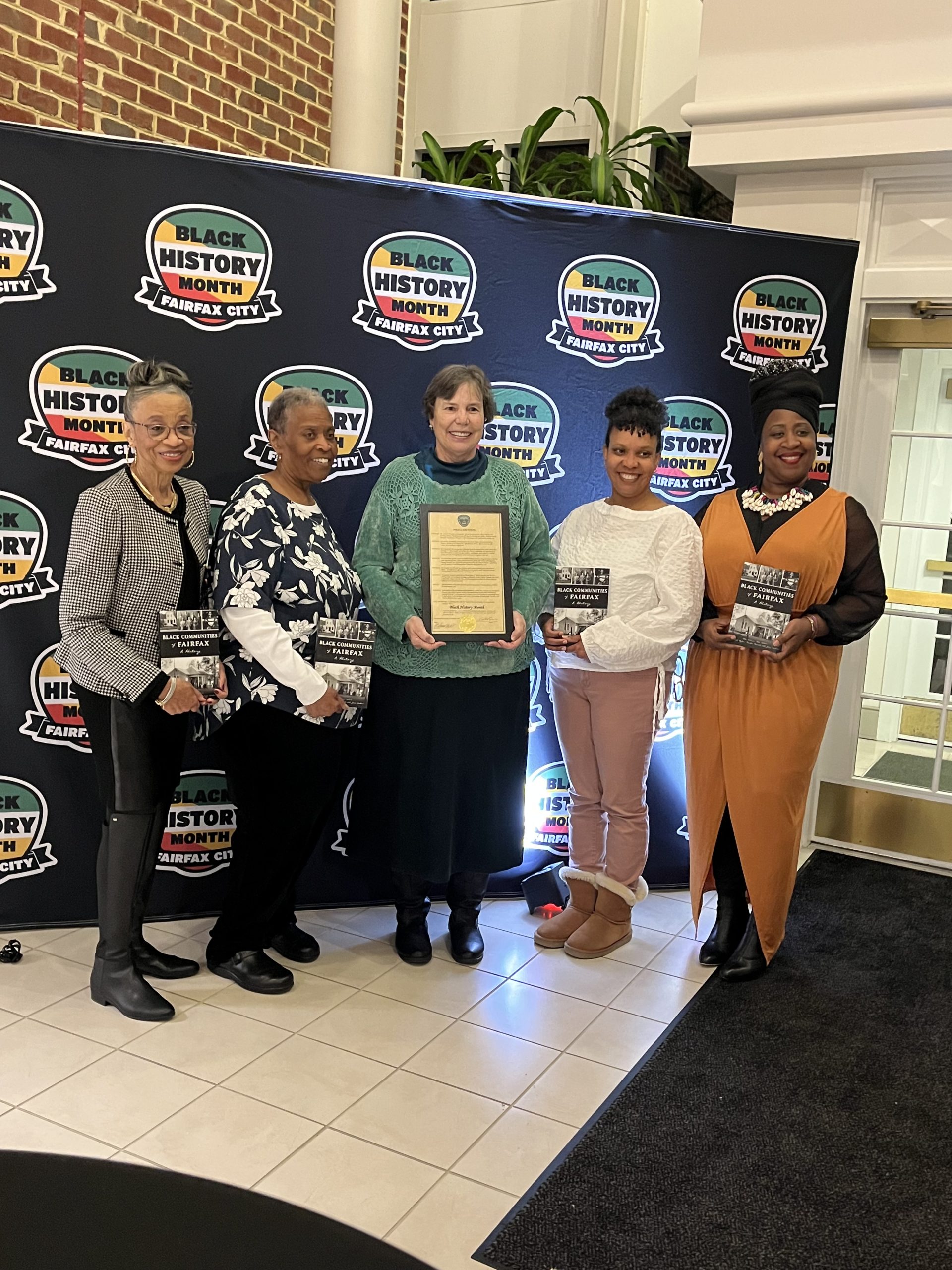
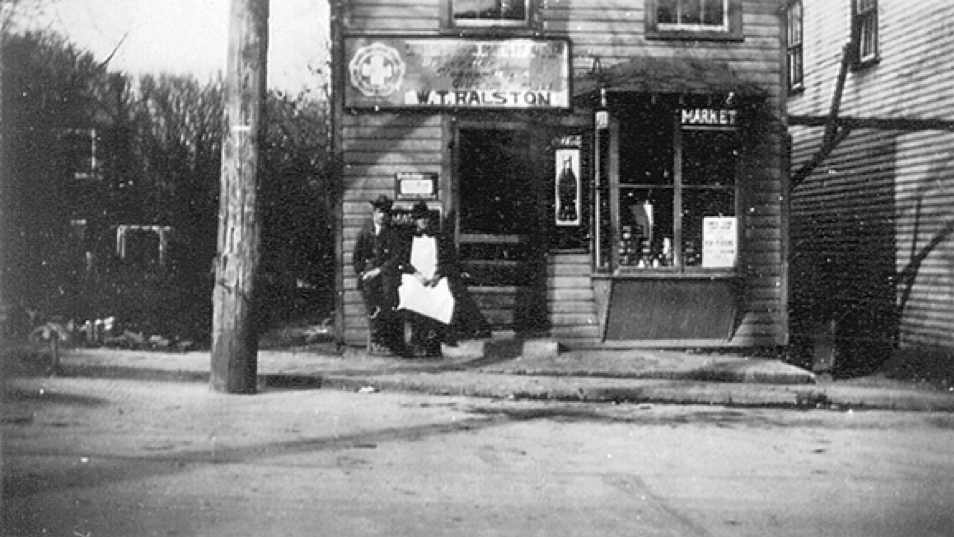
The free Black population of Fairfax Court House dates to at least the 1820s. After the Civil War, newly freed Black citizens expanded the hamlet of Jermantown dramatically. Additional segregated neighborhoods, including School Street, which overlapped today’s George Mason University, and Ilda, off Guinea Road, grew and thrived. In the second half of the nineteenth century, residents built schools, churches, and a cemetery. These families persevered under Jim Crow in the early twentieth century. After incorporation, the city of Fairfax annexed these historically Black localities, and their separate character began to disappear. This group of authors with deep roots in Fairfax tells the stories of their communities.
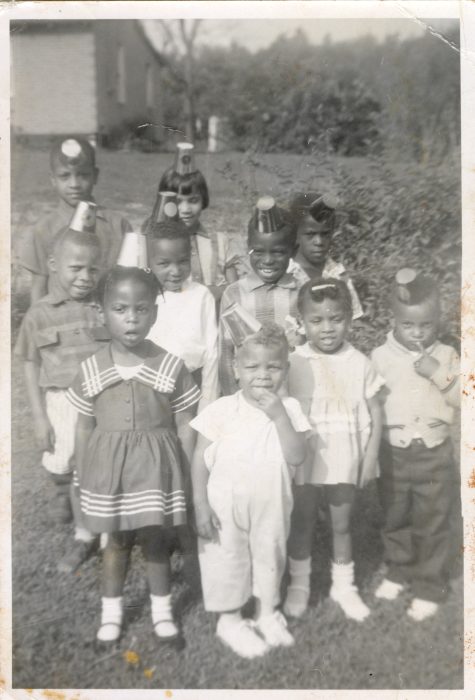
Catherine S. Read, Mayor, City of Fairfax, VA July 2023
